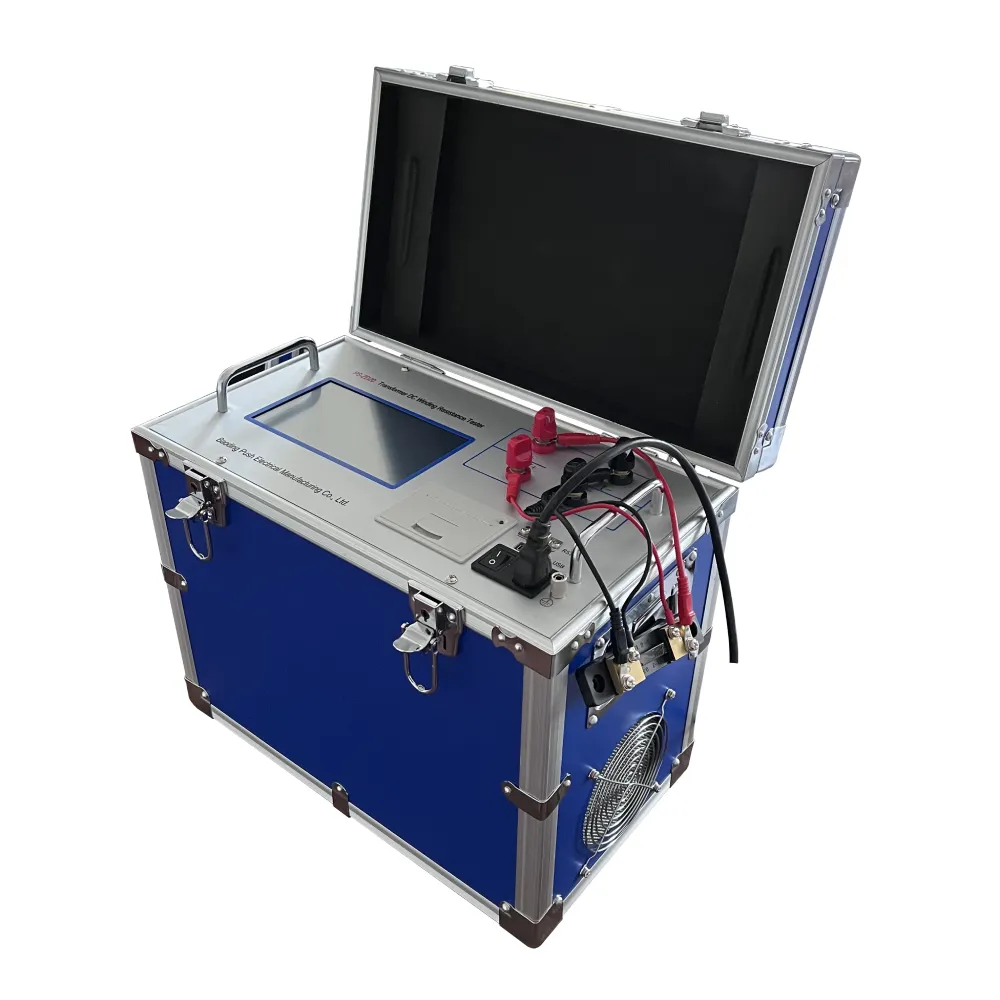 English
English


Advanced Gas Chromatography Instruments for Enhanced Analytical Performance and Precision
Understanding Gas Chromatography Devices Principles, Applications, and Innovations
Gas chromatography (GC) is an analytical technique widely used to separate and analyze compounds that can be vaporized without decomposition. This essential tool in chemistry and biochemistry provides substantial insights into the composition of complex mixtures. This article explores the principles, applications, and innovations surrounding gas chromatography devices, elucidating their pivotal role in various fields.
Principles of Gas Chromatography
At its core, gas chromatography relies on the partitioning of analytes between a mobile phase (the gas) and a stationary phase (the column coating). The sample is vaporized and carried by an inert gas, usually helium or nitrogen, through a column packed with a stationary phase. As the sample travels through the column, components of the mixture interact differently with the stationary phase, causing them to separate based on their boiling points and affinities to the stationary phase.
The elution time, known as the retention time, is characteristic for each compound and is critical for identification. Typically, a detector—such as a flame ionization detector (FID) or mass spectrometer (MS)—measures the amount of each compound as it exits the column, generating a chromatogram that visually represents the separated components.
Applications of Gas Chromatography
Gas chromatography serves a multitude of purposes across various industries. In the pharmaceutical sector, it is essential for purity testing and quality control of drugs. By ensuring that active pharmaceutical ingredients meet specified standards, GC aids in compliance with regulatory guidelines.
In environmental science, GC is crucial for detecting pollutants in air, water, and soil. It can identify and quantify volatile organic compounds (VOCs), which are significant contributors to air pollution and have potential health effects. Similarly, in food chemistry, GC is employed to analyze flavor compounds, additives, and residues, ensuring food safety and quality.
Moreover, the petrochemical industry utilizes gas chromatography in refining processes, where it helps in characterizing different fractions of crude oil
. Forensics also benefits from GC, as it plays a vital role in toxicology, where it can detect drugs or poisons in biological samples.gas chromatography device

Innovations in Gas Chromatography Devices
The evolution of gas chromatography devices has led to significant advancements, making them more efficient and user-friendly. One notable innovation is the development of microGC systems, which offer rapid analysis times and reduced sample volumes. These compact devices are particularly useful in field analyses, making them ideal for on-site testing in environmental monitoring or hazardous material assessments.
Another recent advancement is the integration of gas chromatography with mass spectrometry (GC-MS). This combination not only enhances the separation capabilities of GC but also provides qualitative and quantitative analysis through mass spectral data. GC-MS has become a standard method in various applications, from drug testing to environmental analysis.
Furthermore, advancements in software and data analysis tools have improved the interpretability of chromatograms. Modern gas chromatography devices are equipped with sophisticated data acquisition systems that utilize advanced algorithms for peak identification and quantitation, streamlining the processes of analysis and reporting.
Challenges and Future Directions
Despite its many advantages, gas chromatography is not without challenges. Sample preparation can be time-consuming, and the method may not be efficient for compounds that are thermally unstable or high-boiling. Researchers are investigating alternative approaches, such as supercritical fluid chromatography, to address these limitations.
Looking ahead, the continued integration of artificial intelligence and machine learning into gas chromatography holds great promise for automating data analysis and enhancing predictive capabilities. Such innovations could further improve accuracy, reduce human error, and streamline workflows in analytical laboratories.
Conclusion
Gas chromatography remains a cornerstone analytical technique in many scientific disciplines. Its ability to separate and analyze complex mixtures has made it indispensable in fields ranging from pharmaceuticals to environmental science. As technology advances, gas chromatography devices will continue to evolve, offering enhanced capabilities and new applications that will further our understanding of chemical compositions and their implications in our world.
-
Differences between open cup flash point tester and closed cup flash point testerNewsOct.31,2024
-
The Reliable Load Tap ChangerNewsOct.23,2024
-
The Essential Guide to Hipot TestersNewsOct.23,2024
-
The Digital Insulation TesterNewsOct.23,2024
-
The Best Earth Loop Impedance Tester for SaleNewsOct.23,2024
-
Tan Delta Tester--The Essential Tool for Electrical Insulation TestingNewsOct.23,2024





